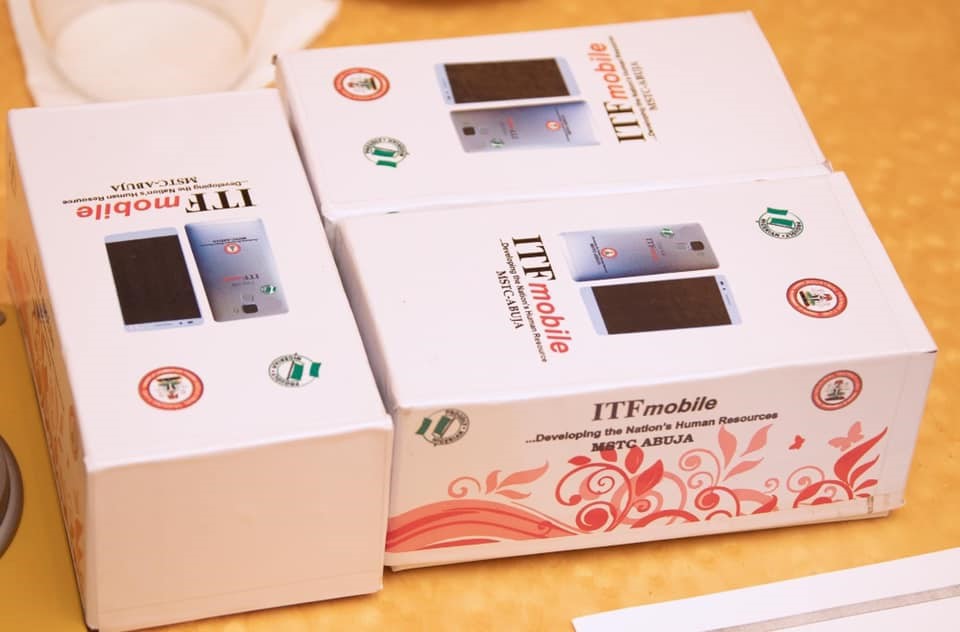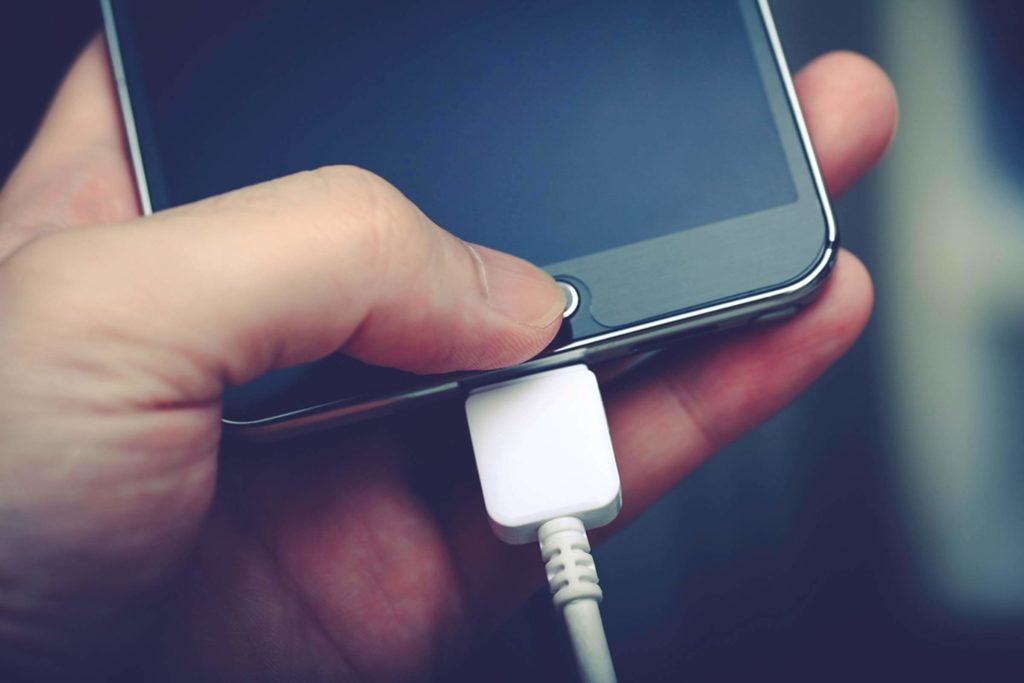Men who frequently use their cellphones may suffer from lower sperm counts than those who do not, according to a new Swiss study that adds to the mounting body of evidence showing a link between cellphone use and decreased male fertility.
The study found that men who used their phones more than 20 times a day had significantly lower sperm counts and decreased sperm concentrations — two critical measures of male fertility — than men who used their phones just once a week.
These men had roughly 21% higher risk of sperm counts and 30% higher risk of sperm concentrations falling below the World Health Organization’s reference values for fertile men.
The authors of the study — which tracked the health data and cellphone usage data of 2,886 young men from 2005 to 2018 — said the link between cellphone use and lower sperm counts was “more pronounced in the first period of the study (2005 and 2007) and decreased progressively over the subsequent time periods (2008–2011 and 2012–2018).”
They attributed the differences to newer wireless technologies, which they said emit less radiofrequency (RF) radiation.
Experts like Lennart Hardell, M.D., Ph.D., a world-leading scientist on cancer risks from radiation, took issue with the authors’ suggestion that newer wireless technologies emit less radiation.
READ ALSO: Men should avoid these fashion mistakes to prevent low sperm count
“The authors gave an overgeneralized explanation that conveniently suited wireless companies’ interests,” Hardell said.
Hardell, an oncologist and epidemiologist with the Environment and Cancer Research Foundation who has authored more than 350 papers, almost 60 of which address the topic of RF radiation, said he disagreed with statements made by Martin Rӧӧsli, Ph.D., one of the study authors and an associate professor in epidemiology and public health at the Swiss Tropical and Public Health Institute.
Rӧӧsli told Forbes the link between phone use and sperm counts lessened over time periods corresponding to the transition from 2G to 3G networks and from 3G to 4G networks because the newer networks “led to a reduction in the transmitting power of phones.”
Rajeev Singh, Ph.D., an environmental science professor at the University of Delhi who studies the impacts of RF radiation and electromagnetic fields (EMF) on male reproductive health, also disagreed with the study authors’ argument that newer phones emit less power.
In February, Singh and other researchers published a review of 168 studies, many recent that found RF radiation had negative impacts on male reproductive health.
“It’s not accurate to make a blanket statement that 4G or 3G devices emit more power or energy in all cases,” Singh said
“The specific power levels emitted by a mobile device can vary based on the device’s design, its antenna and how it’s used,” he said, adding:
“Some 3G devices may have higher power requirements than some 4G devices, and vice versa … the power or energy emitted by a 4G mobile device can vary depending on network conditions, the device’s power efficiency, and how it’s being used.”
READ ALSO: Marijuana boosts sperms counts, latest study reveals
Scott McCollough, chief litigator for CHD’s electromagnetic radiation (EMR) cases, agreed. “The claim that higher generations — such as 4G versus 3G — emit less power is an overgeneralization since there are several physical factors that determine the power output of wireless devices.”
With the greater numbers and concentrations of transmitting towers, “people may be exposed to more, not less, RF radiation,” McCollough said.
Wireless industry experts interviewed by the scientific research and education nonprofit Environmental Health Trust (EHT) said 5G antennas emit RF radiation as a concentrated rather than a diffused beam, with output power 20 to 35 times more than 4G.
Dr. Marc Arazi, founder and president of the France-based Phonegate Alert, told The Defender the study authors’ argument about the power of cellphones was “misleading.”
Arazi pointed out that just this fall, France temporarily banned Apple’s iPhone 12 for emitting RF radiation levels above the legal limit.
According to Arazi and Hardell, the study authors’ argument that newer technologies emit less power paints a picture that is favorable to wireless companies that want to market their products as safe.
Mona Nilsson, managing director of the Swedish Radiation Protection Foundation and co-researcher with Hardell on the negative health impacts of 5G, told The Defender, “Martin Röösli’s suggestion that today’s phones would be less harmful is rather typical for a person with conflicts of interests, such as being a member of ICNIRP.”


 Latest4 days ago
Latest4 days ago
 Latest6 days ago
Latest6 days ago
 News3 days ago
News3 days ago
 Energy7 days ago
Energy7 days ago
 Latest4 days ago
Latest4 days ago
 Comments and Issues6 days ago
Comments and Issues6 days ago
 Business7 days ago
Business7 days ago
 Business7 days ago
Business7 days ago







